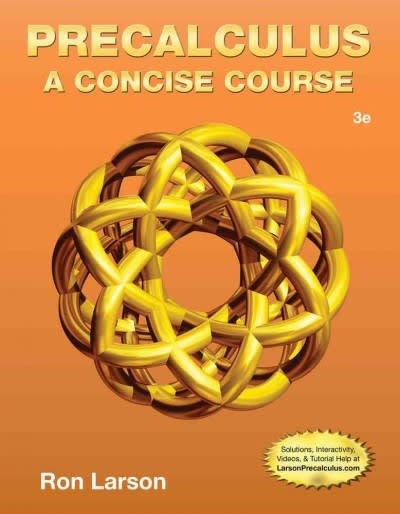I have some questions on a case study. I really don't know how to use the data to get any answers. I would love if someone could help me figure out the proper formula or test I can do to get some answers.
Dr. Penelope Nicholls is interested in exploring a possible connection between high plasma homosysteine (a toxic amino acid created by the body as it metabolizes protein) levels and cardiac hypertrophy (enlargement of the heart) in humans. Because there are many complex relationships among human characteristics, it will be difficult to answer her research question because there is a significant risk that confounding factors will cloud her inferences. She wants to be sure that any differences in cardiac hypertrophy are due to high plasma homcystein levels and not to other factors. Consequently, she needs to design her experiment carefully so that she controls lurking variables to the extent possible. Therefore, she secedes to design a twosample experiment with independent sampling: one group will be the experimental group, the other a control group. Knowing that many factors can affect the degree of cardiac hypertrophy (the response variable). Dr. Nicholls controls these factors by randomly assigning the experimental units to the experimental or control group. She hopes the randomization will result in both groups having similar characteristics. In her preliminary literature review, Dr. Nicholls uncovered an article in which the authors hypothesized that there might be a relationship between high plasma homosysteine levels in patients with endstage renal disease (ESRD) and cardiac hypertrophy. She has asked you, as her assistant, to review this article. Upon reading the article, you discover that the authors used a nonrandom process to select a control and an ESRD group. The researchers enlisted 74 stable ESRD patients into their study. All these patients were on hemodialysis for between 6 and 312 months. The control group subjects were chosen so as to eliminate any intergroup differences in terms of mean blood pressure and gender. In an effort to minimize situational contaminants, all physical and biochemical measurements were made after an overnight fast. The results of the clinical characteristics and the biochemical findings for the control and ESRD groups are reproduced in the following tables: Clinical Characteristics (Mean Standard Deviation) Parameters Controls (n=57) ESRD Subjects (n=75) Age (years) 49.2 14.7 57.3 15.1 Sex (M/F ratio) 1.4 .50 1.4 .50 Body Surface area (m^2) 1.85 .25 1.67 .20 Body mass index (kg/m^2) 26.0 4.70 23.7 3.90 Systolic BP (mmHg) 145.0 15.5 148.8 29.7 Diastolic BP (mmHg) 85.0 14.8 80.2 14.3 Mean BP (mmHg) 104.5 14.2 103.6 17.4 Pulse pressure (mmHg) 59.4 15.5 68.6 24.3 Heart rate (beats/min) 63.0 8.0 70.0 9.0 Biological Findings ( Mean Standard Deviation) Parameters Total cholesterol (mmol/L) HDL cholesterol (mmol/L) Triglycerides (mmol/L) Serum albumin (g/L) Plasma fibrinogen (g/L) Plasma creatinine (mmol/L) Blood urea (mmol/L) Calcium (mmol/L Phosphates (mmol/L) Controls(n=57) 5.28 1.04 1.38 0.39 1.39 .63 44.7 2.60 3.21 .78 .10 .01 6.10 1.20 2.46 0.08 1.03 0.21 ESRD Subjects (n=75) 4.91 1.06 1.07 .38 1.90 1.02 39.9 3.00 4.75 1.04 .90 .13 24.3 2.00 2.45 0.12 1.88 0.38 Which type of sampling method, independent or dependent, was used in this experiment? Explain. Using the appropriate hypothesis testing procedure, determine whether the control and ESRD groups have equivalent population means for each of the various clinical and biochemical parameters. Dr. Nicholls requires that you indicate those parameters that have Pvalues less than 0.0t and those less than 0.01. Detail any assumptions and the rationale behind making them that you made while carrying out your analysis. Is there any additional information that you would like to have? Explain. Are there any additional statistical procedures that you think might be useful for analyzing these data? Explain. Based on your findings, does it appear that the control and ESRD groups have similar initial clinical characteristics and biochemical findings? Does it appear that the authors of this article were successful in reducing the likelihood that a confounding effect would obscure their results? Even though Dr. Nicholls does not wish to restrict her research to patients with endstage renal disease, how might the information presented for this research assist her in designing her own experiment? Submit a written report to Dr. Nicholls that outlines all your findings and recommendations







